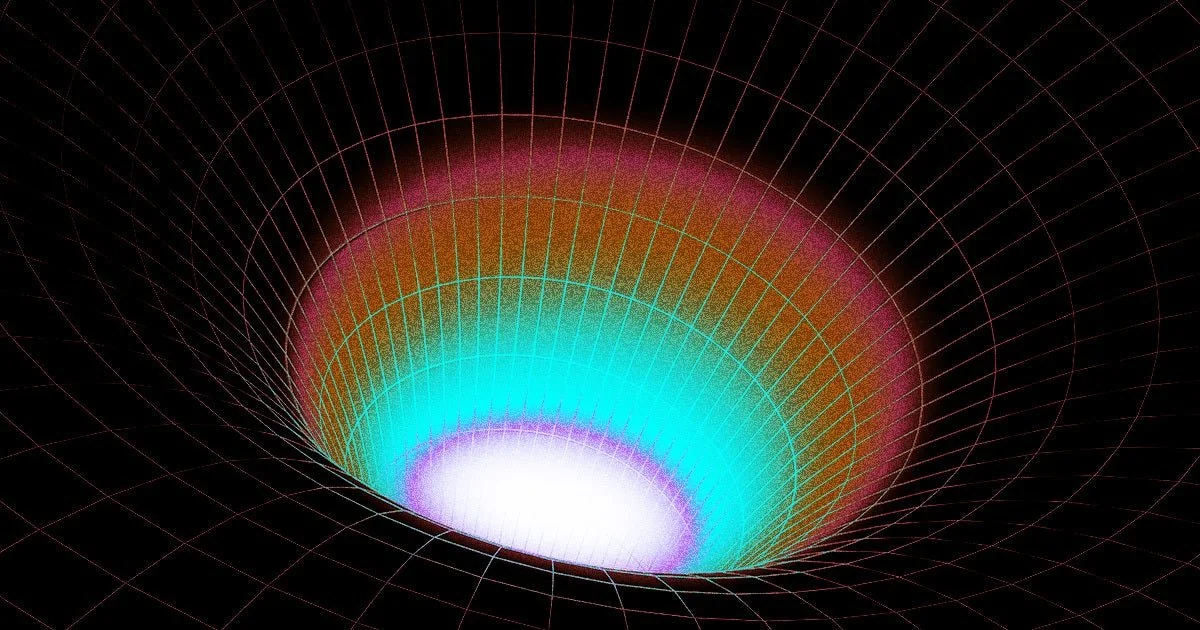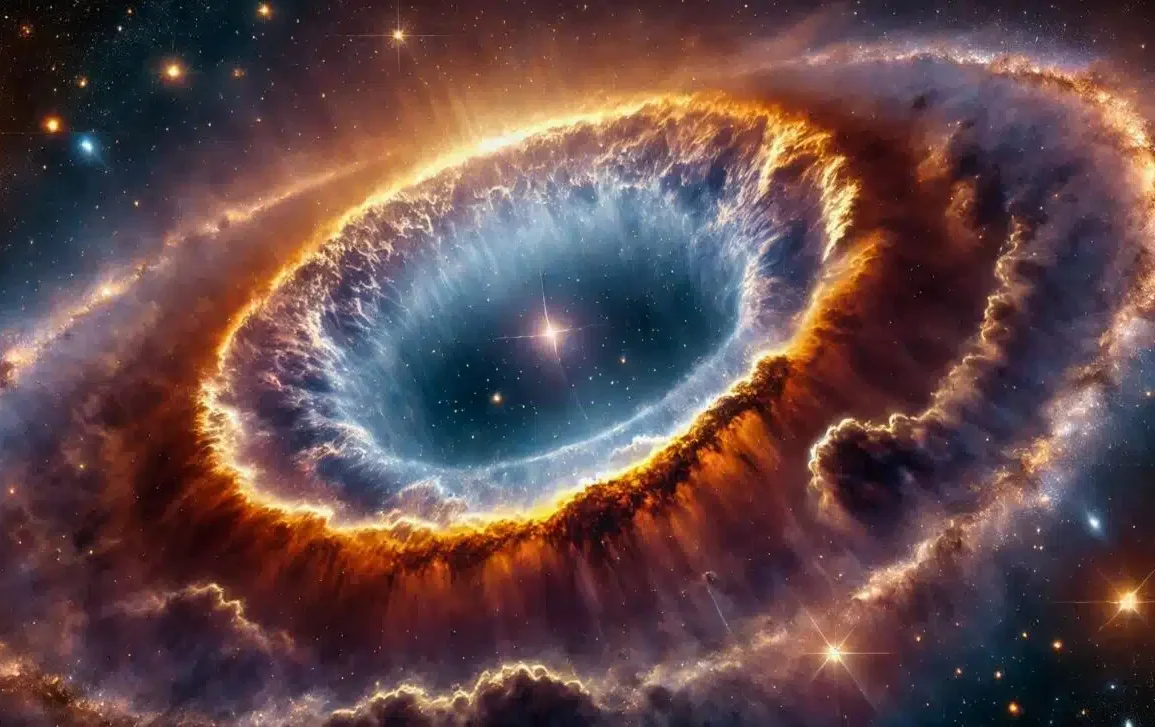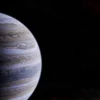Astronomers have recently discovered an “interstellar tunnel” in our solar neighborhood that could potentially connect our solar system to other star systems. This tunnel is part of the Local Hot Bubble (LHB), a vast region of hot gas that surrounds our solar system and spans hundreds of light-years. The discovery, outlined in a study published in the journal Astronomy & Astrophysics, suggests that the tunnel might be linked to a nearby, even larger bubble in space.
The research team utilized data from the eROSITA telescope, which is the first X-ray observatory fully outside of Earth’s atmosphere, to build a 3D model of the Local Hot Bubble. The model confirmed some previously predicted features, but it also revealed new structures, including the interstellar tunnel heading toward Centaurus.
This tunnel creates a gap in the cooler interstellar medium, and its discovery was made possible by the advanced sensitivity of eROSITA and a new survey methodology compared to the older ROSAT telescope.
The concept of the Local Hot Bubble has been around for over fifty years. It was first proposed to explain the unexpected presence of background X-ray radiation in space. Since the interstellar medium (gas and dust between stars) should absorb most low-energy X-rays, astronomers wondered why some were still detectable.

The theory suggested that the space around our solar system might be unusually empty, creating a bubble. This bubble is thought to have formed about 14 million years ago when a series of supernova explosions cleared out the surrounding interstellar material, creating a cavity about 1,000 light-years across.
Despite early challenges to the Local Bubble theory, recent observations have strengthened it. In particular, the detection of star-forming clusters at the bubble’s edge provides evidence that the bubble was indeed formed by past supernovae. Some scientists also suggested that the X-ray emissions might have been influenced by interactions between the Sun’s solar winds and the Earth’s outer atmosphere, but this was considered a secondary factor.
The study’s authors speculate that the newly discovered interstellar tunnel could be part of a larger network of similar structures across the Milky Way. These structures may have been created by the energy released from stars, particularly through supernova explosions.
The researchers also noted a temperature gradient in the Local Hot Bubble, with the northern region being significantly hotter than the southern part. This could be a sign that more recent supernovae have further expanded and reheated the bubble, indicating that it continues to evolve and change over the past few million years.

